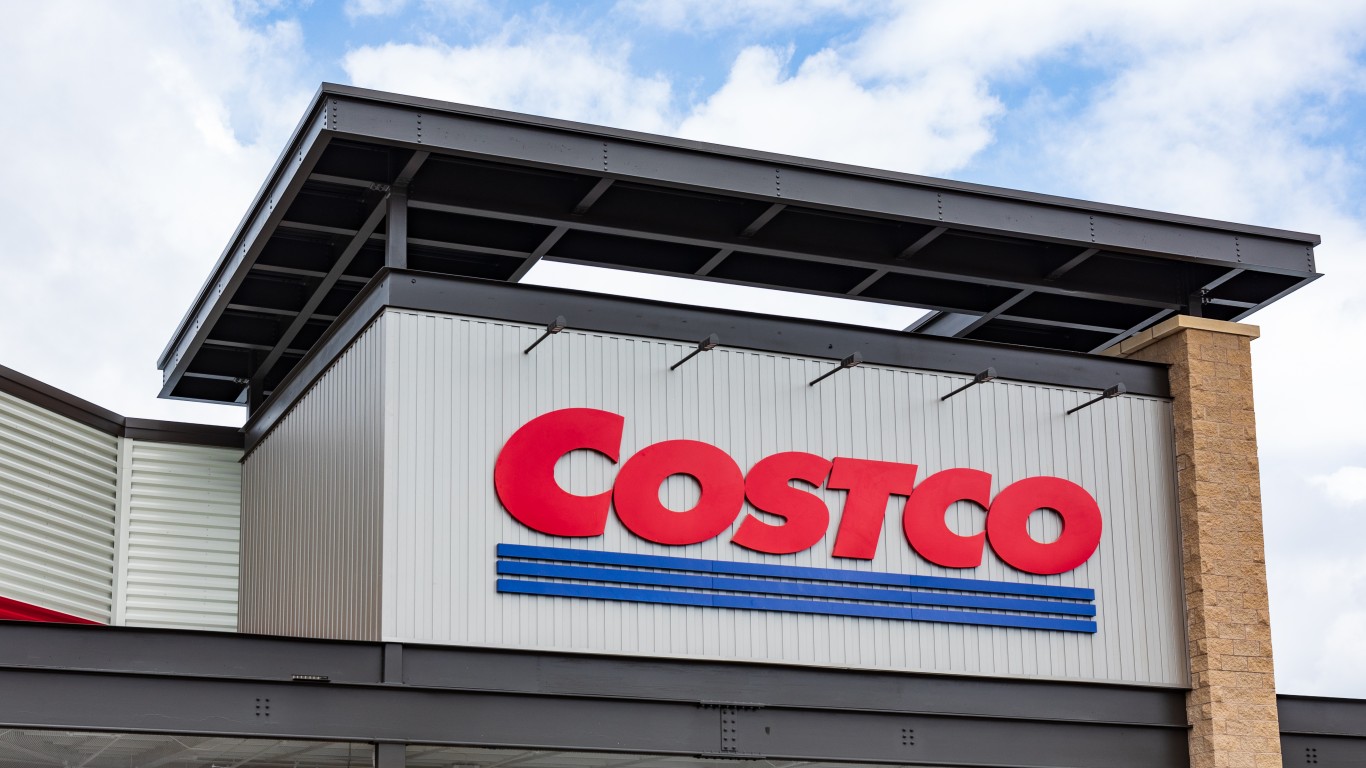
What’s going on at the world’s largest retailer? Wal-Mart’s biggest problem may be its size. When things go wrong at behemoths like Wal-Mart it takes a big move to stop the bleeding. In Wal-Mart’s case, the company is being attacked on so many fronts that it faces if not death at least a serious wounding from a thousand cuts.
Wal-Mart has decided to take on Amazon.com Inc. (NASDAQ: AMZN) and its Amazon Prime shipping service. The $50 price tag for Wal-Mart’s free shipping plan is half the cost of Amazon’s.
The almost ridiculous thing about this offer is that 90% of all Americans live within a 15-minute drive of a Wal-Mart store. Why spend $50 on something you almost certainly don’t need and equally certainly won’t use?
Wal-Mart’s announcement in February that it was raising wages to a minimum of $10 an hour for its lowest paid employees was greeted with lukewarm enthusiasm from activists who have been trying to get the company to raise its minimum to $15 an hour. Shareholders were even less enthusiastic about the plan, figuring it will cut into profits, buybacks, and dividends.
Then there’s the impact of the Walton family itself. The family effectively controls the company and announced in April that it was shedding some shares into a newly created trust in an effort to keep its ownership under 50%. Family control of a $255 billion company may not be among best practices for mega-company management.
Wal-Mart’s expansion plans in China have been curtailed as sales in the Middle Kingdom have fallen. The company has also fallen far behind JD.com Inc. (NASDAQ: JD) in online sales.
The very size of Wal-Mart invites competition on every front: low prices; service offerings that appeal to today’s customers; employee wages. The company, which most people would admit has been wildly successful at enriching shareholders and Walton family members, is unlikely to ditch a successful formula in favor of something like, say, small neighborhood markets. These stores might be a good idea for a smaller retailer, but they will hardly move the needle for Wal-Mart.
The company needs one or two big ideas that it–and only it–can execute. Fooling around trying to compete with Amazon is a losing proposition. Amazon’s investors have proven that they don’t care if the company makes a profit or not. Wal-Mart investors are different.
Building a few hundred neighborhood stores is not going to raise the company’s game, and international expansion is expensive and may keep a few (million) bucks out of the Walton family’s pockets. Paying its employees more only exacerbates that last issue and brings the company only limited PR value anyhow.
Wal-Mart is too big to be counted out yet. The company may find the key to unlock growth because it can afford to try many different approaches. But given the company’s attempts so far, finding that key may very well be accidental.
ALSO READ: 10 Most Popular Stores in America
In 20 Years, I Haven’t Seen A Cash Back Card This Good
After two decades of reviewing financial products I haven’t seen anything like this. Credit card companies are at war, handing out free rewards and benefits to win the best customers.
A good cash back card can be worth thousands of dollars a year in free money, not to mention other perks like travel, insurance, and access to fancy lounges.
Our top pick today pays up to 5% cash back, a $200 bonus on top, and $0 annual fee. Click here to apply before they stop offering rewards this generous.
Flywheel Publishing has partnered with CardRatings for our coverage of credit card products. Flywheel Publishing and CardRatings may receive a commission from card issuers.
Thank you for reading! Have some feedback for us?
Contact the 24/7 Wall St. editorial team.



